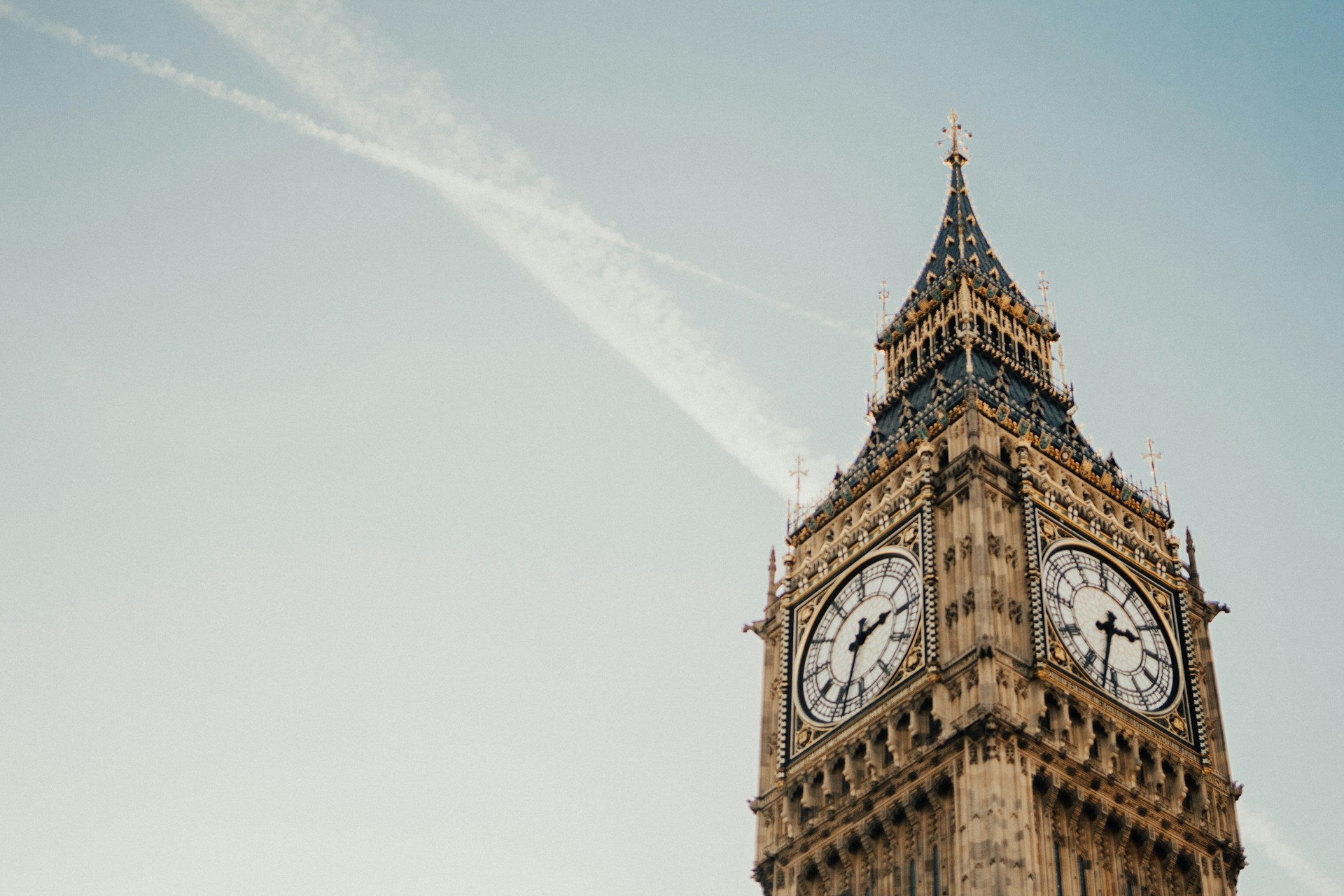The complexities of the UK tax system can be overwhelming if you try to retain and grow your wealth. With higher income tax rates up to 45%, you might ask yourself: How can I reduce my taxable income in the UK? Well, there is no straightforward answer to this question. However, 10 basic steps can open the door to lowering your overall tax liability, especially if you are a high-income earner in the UK.
This article will cover the essential information about some of the taxes in the UK, then show you how to reduce your taxable income in the UK. Therefore, it will point out your tax planning strategy.
Why is the UK Heavily Taxed?
For centuries, countries have used taxation as a revenue source. They use the income coming from taxes to fund social, health, education, and transport systems. Also known as mandatory contributions, taxes have different types so that governments are in control of the income earned.
In the UK, the tax system also plays a substantial role in sustaining public services. From the National Health Service to public schooling and infrastructure, these systems rely on tax revenue to function efficiently. However, the system often raises questions about its fairness and complexity.
What are the Main Tax Types in the UK?
There are direct, indirect taxes, and taxes for businesspeople in the UK.
Direct Taxes
- Income taxes: You pay taxes on the income you earn. It can be based on your salary, property income, business-related pensions, or other income sources. Interest rates start from 20% to 45%.
- Capital gains taxes: You gain this income from the sale of a property or an asset that has a higher value than you paid for it. The rates change from 10%-20%.
- National Insurance Contributions: This tax is based on your salary or self-employment profit.
- Inheritance tax: As the name suggests, the source of the income should come from the possessions of someone who has passed away.
Indirect Taxes
- VAT: Also known as value-added tax, it is paid on the purchase of certain goods and services.
- Insurance Premium Tax: It is paid on the insurance premium.
- Excise Duties: This tax is applicable to stop the excessive use of certain products such as alcohol, tobacco, or gambling.
- Stamp Duty and Property/Land Taxes: You pay this tax when you purchase a property or land. Note that first time buyers can be exempt from this tax to a purchase price £425,000.
Taxes for Businesspeople
- Income Tax for Sole Traders: If you have a business that is classified as self-employment by HMRC, you need to pay taxes on your profit.
- Taxes on Dividends: They are charges imposed by governments on income received by shareholders from a company’s profit distributions.
- Capital Gains Tax on Business Sale: It is a tax levied on the profit made from selling a business or its assets for more than their purchase price.
What is The Tax Planning Strategy?
The tax burden on your shoulders can be a big problem, especially if you try to grow your income. At this point, planning a tax strategy can help you to use deductions and allowances. Thanks to effective tax planning, you can reduce your taxable income to a certain amount till the tax year end in the UK, 5 April.
Here, the matter is knowing the latest updates and keeping up with them. Thereby, you can enjoy the tax benefits or deductions.
How to Pay Less Taxes in the UK?
Now that we highlighted the importance of the tax planning strategy, it is time to move on to the tricks that you can follow to figure out how much tax you will pay.
1. Check Out Your Income Tax Allowance
Personal income tax allowance is the amount of income an individual can earn each tax year before they start paying income tax. For the 2024-2025 tax year, it is £12,570. Therefore, you do not need to pay any income tax if you earn £12,570 or less. If your income exceeds this amount, it will be taxed according to UK income tax bands.
This allowance covers your income earned from your salary, rental income, pension, and interest on savings. And here is the catch: if you earn over £100,000 a year, you will lose the exemption.
You can also benefit from “salary sacrifice”. This is some sort of tax-saving agreement between an employee and an employer. According to this, an employee sacrifices some of his/her salary. In return, the employer makes a non-cash contribution, like making pension contributions. Here are the salary sacrifice schemes:
- Current Gross Salary: £40,000/year
- Salary Sacrifice Amount: £2,000/year (to pension)
- New Taxable Salary: £38,000/year
2. Use Any Marriage Allowance
If you are married or in a civil partnership, you can reduce your taxable income up to £250 a year by 10% of your personal allowance tax. The non-taxpayer can transfer £1,260 of their tax-free allowance to the other if:
- One partner earns under £12,570 and does not pay income tax.
- The other earns between £12,571 and £50,270.
Think of it like this: you are sharing your unused tax-free money with your partner so they pay less tax. Although most couples in the UK forget to claim additional tax relief, it can help reduce their overall income tax bill.
As an example, imagine a married couple. One earns £10,000 and the other £50,270. The one who earns €10,000 can transfer his/her tax allowance to the other partner up to £250 for a year.
3. Consider Your Personal Savings Allowance
When you earn interest on your savings, like from a bank account, it is usually taxable. But the government gives you a small tax-free allowance:
- If you are a basic-rate taxpayer, the first £1,000 in interest is tax-free.
- If you are a higher-rate taxpayer, it’s £500.
- If you are a top earner, you do not get this cushion.
So, if your savings interest is under that limit, you will not owe any tax on it. Also, you can benefit up to £2,000 by combining your allowances with your spouse.
4. Use ISA Contributions
An ISA, also known as an Individual Savings Account, is a tax-free space where you can keep your money, either your cash savings or investments. You can put in up to £20,000 a year. This limit can be split across different types of ISAs:
- Cash ISA
- Stocks & Shares ISA
- Lifetime ISA (max £4,000 of the £20,000)
- Innovative Finance ISA
Considering this, instead of saving or investing in a regular account where you might pay tax on earnings, you can go for an ISA first. Thus, you can enjoy tax relief.
5. Think About the Dividend Allowance
When companies make money, they sometimes pay you a share of the profits. This is called a dividend tax. You are allowed to earn up to £500 in dividends each year without paying tax on it.
If you go over:
- 8.75% if you’re a basic rate taxpayer
- 33.75% if you’re a higher-rate taxpayer
- 39.35% if you’re among the additional rate taxpayers
6. Utilize Annual Pension Contributions -look back
Every time you put money into your pension, the government gives you some of your tax back. Consider it like a reward for retirement savings. If you’re in a higher tax band, this can save you thousands in taxes.
You can usually put in up to £60,000 a year (sometimes more if you did not use all of last year’s allowance), and that money lowers the amount of income tax you owe.
7. Comprehend the Capital Gains Tax Allowance
When you sell something like shares or a second property for more than you paid, you might owe Capital Gains Tax (CGT). However, the UK gives you a small tax-free limit. It is £3,000 a year right now.
So, if your total profit on sold investments is under £3,000, you can use the capital gains allowance. If it is more than that, you will pay tax on the extra. You can reduce your tax bill by:
- Selling in smaller chunks across different years,
- Using your partner’s allowance too,
- Or selling things you lost money on to cancel out the gains.
8. Optimize the Advantages of EIS Investment
EIS stands for Enterprise Investment Scheme, which is for higher-rate taxpayers in the UK. It is a way to invest in small companies, and the government gives you big tax breaks to encourage you, such as income tax relief or capital gains tax deduction.
Here is what you get:
- You get 30% of your investment back as a discount on your income tax.
- You can delay paying tax on other capital gains.
- If the investment does well, you pay no tax on profits after 3 years.
- If it fails, you get a chunk of your loss back through tax relief.
- It is riskier, but if you are comfortable with startup investing, it is one of the most powerful ways to reduce tax.
9. Make SEIS Investments
SEIS is like EIS, but among tax-efficient investments for even smaller and newer companies. The tax breaks are even better:
- You get 50% of your investment back through a tax discount.
- You can avoid paying capital gains tax on profit if you reinvest it.
- You do not pay tax on profits after 3 years.
If the business does not work out, you can claim back some of your losses through your tax return. Therefore, SEIS is ideal if you are willing to back very early-stage startups and want maximum tax savings compared to EIS.
10. Discover VCT Investments
VCTs (Venture Capital Trusts) are funds that invest in small UK companies. You buy shares in the trust, and it spreads your money across many companies.
Here’s why VCTs are tax-friendly:
- You get 30% back as income tax relief when you invest.
- You do not pay tax on the income (dividends) they give you.
- You also do not pay tax when you sell your VCT shares for a profit.
They are good for high earners who want regular income from investments but do not want to be taxed on dividends or capital gains.
FAQs on Reducing Taxable Income for High Earners in the UK
Is the UK the highest taxed country in the world?
According to the OECD’s Revenue statistics, the UK ranked 18th when it comes to tax vs GDP ratio in 2023. Therefore, it can be counted among the highest taxed countries in the world with its tax system.
Who is exempt from paying taxes in the UK?
In the UK, you can be exempt from paying taxes if your income is below the personal allowance threshold. Others include certain non-residents, some retirees with low income, and individuals with specific tax-free savings or benefits.
Who pays the most tax in the UK?
Based on the Office for National Statistics’ data, the UK taxes the poorest more than the richest. The poorest 10% pay 7% while the richest 10% pay 1.2%. Thus, it can be said that there is an inequality between the rich and the poor when it comes to taxation. While the rich can increase their wealth, the poor struggle with a heavy tax burden.
How many hours can I work without paying taxes?
In the UK, the taxation rates do not depend on the hours you work. It is based on how much you earn. If you earn less than £12,570 in a tax year, you do not need to pay taxes on your income.
How much can you save tax-free in the UK?
If you are a tax resident in the UK, you have to pay taxes. However, there are some allowances applied to you if:
- Basic-rate taxpayers pay 20% up to £1000
- Higher-rate taxpayers pay 40% up to £500
What is the 60% tax trap in the UK?
When you earn between £100,000 and £125,140, you might end up in a trap and pay 60% income tax, which is also called “stealth tax”. To avoid this, you can follow the simplest way: making pension contributions before the end of the tax year.




